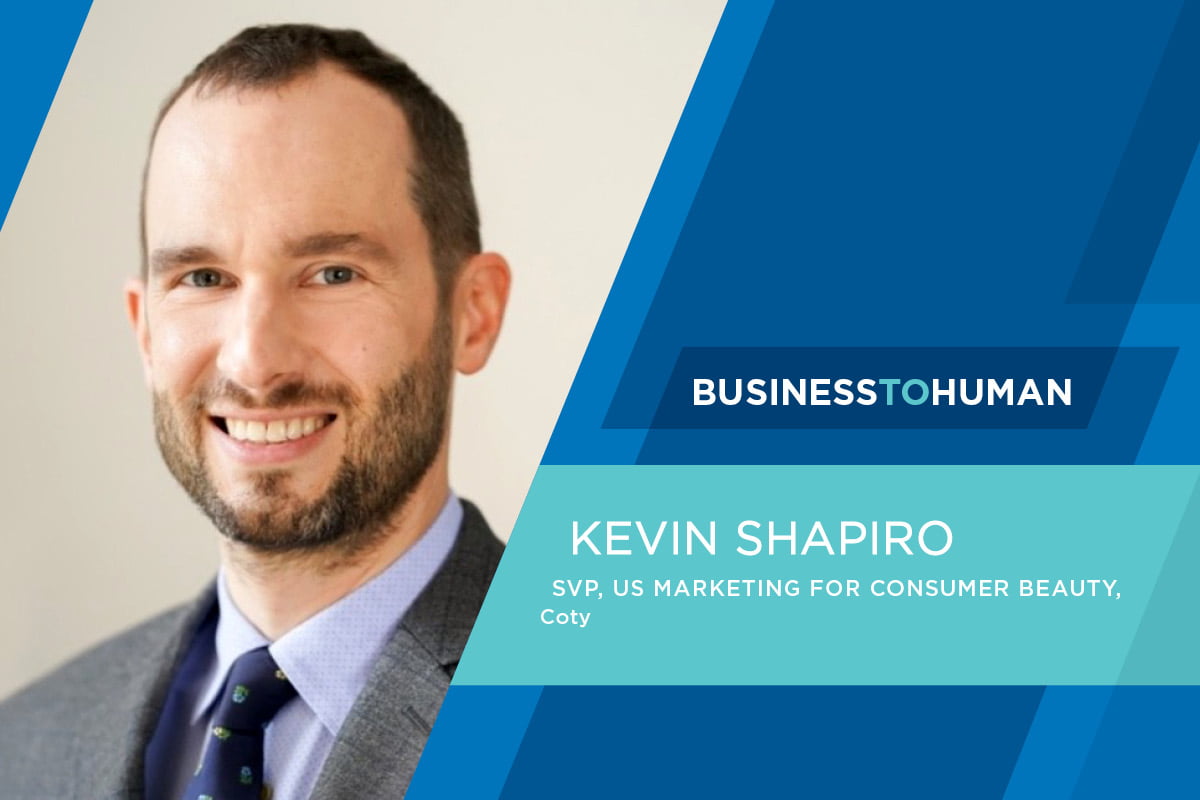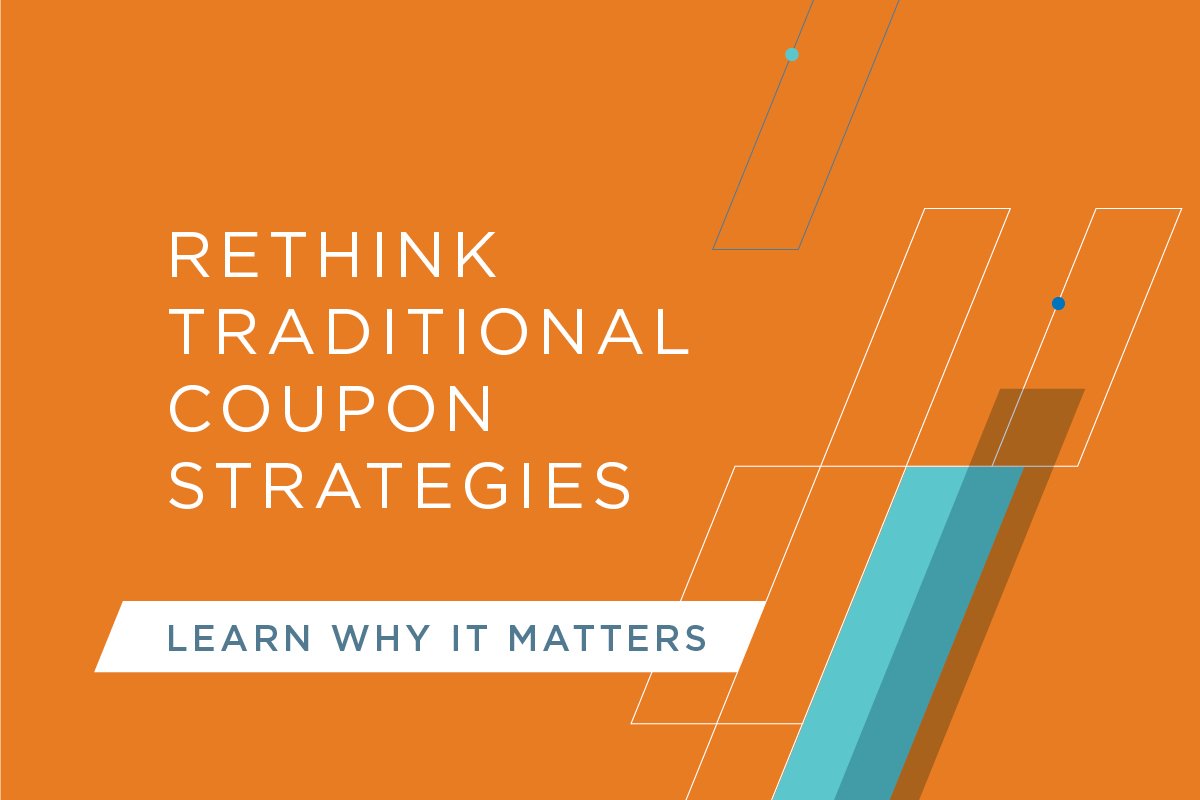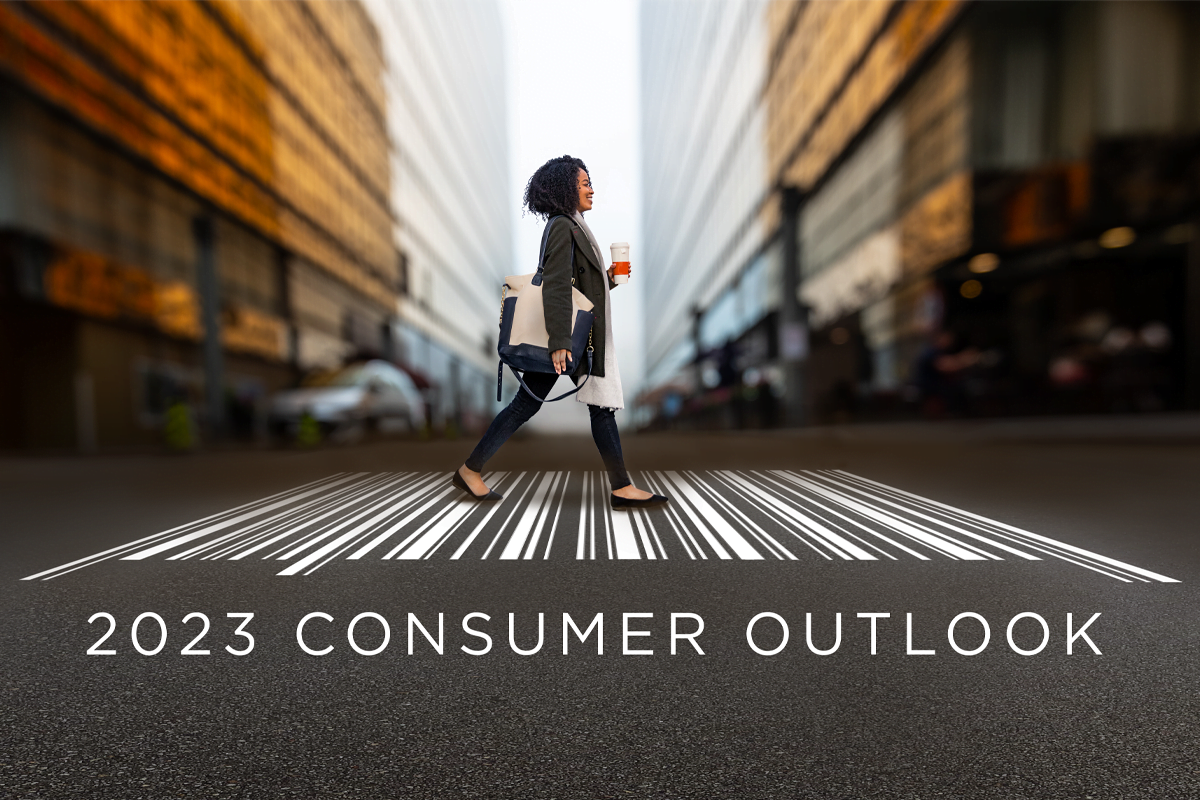Summary
Brands, at the moment, are still getting back to business as COVID-19 shutdowns continue to lift. Certainly, there is apprehension all around, but one thing is certain: Businesses have an opportunity right now to reset and refresh their marketing approach to finish 2020 strong and get a jump on 2021.
As consumers return to their routines, they will seek products that solve needs, give comfort, and provide real satisfaction. Meeting those demands may be completely doable with your current product portfolio. But, depending on your business, your market, and the related consumer trends, a new product may be what is needed to pique interest and provide value.
Of course, there is nothing easy about launching a new product in the consumer packaged goods (CPG) industry. In the first half of 2019, more than 1,300 products were introduced into the market.1 However, only 11% of consumers who tried new CPG products within the first 26 weeks of launch were still buying those products within the next 26 weeks.2
So, rolling out a new product in a post-pandemic era will certainly be tough. But our analysis of hundreds of product launches supported by the Valassis team, shows that certain aspects of launch campaigns can improve your opportunity of success. If now is, indeed, the time for your product launch, here are three considerations to keep in mind:
Time Drives Success
Consumer adoption of new products follows a familiar path, with audiences going through stages of introduction, consideration, and trial. Consumers need to be made aware of your new product and consider whether it is right for them before trialing. Our first finding centers on moving away from expectations of immediate success and instead guiding clients to create a new product program knowing how long it takes to build trial momentum.
Our studies show that product launch campaigns with longer advertising flights resulted in median sales lifts that were 35% to 41% higher than those with flights that were half as long.3 Campaigns of six to 10 weeks that focus on driving trial can lead to median sales lifts that are 0.5 to 1.5 percentage points higher than flights of only three to four weeks.3
As a result, we recommend strategies built around a longer timeline to optimize sales. It is worth the effort because campaigns for new products have demonstrated a halo effect on the brand’s entire portfolio of 3% median sales lift, which compounds the opportunity for incremental sales.3
Omnichannel Means More Than Media
Another finding supports a combined marketing approach that combines the best of digital media, free-standing inserts (FSI), and direct mail with in-store activities such as displays. These tactics perform better together because the combined strategies complement one another.
When in-store displays are deployed in conjunction with digital ads, the sales performance of the featured items is up to 3 percentage points higher at grocery and mass retailers.3 This point is important considering these retail outlets remain essential businesses — and consumers continue to shop cautiously for groceries and consumer goods throughout the pandemic.
Experience Makes a Difference
No campaign will ever be successful unless your partner can find the right audience and help you understand who responded. The Valassis Consumer Graph™ not only gives us information on what consumers currently want, but it also provides information on past purchase insights, what stores are most frequented, and a variety of demographic and behavioral data. With these insights, we can anticipate consumer needs and inform more tailored marketing plans for successful product launches.
With access to POS data, Valassis can measure and optimize weekly sales performance of a new product (or the related brand portfolio) and assess performance relative to similar campaigns. We see weekly sales lifts of 2% to 13% during a new product launch campaign and post period, and we often observe a 50% initial increase in sales volume growth.3 This kind of market feedback and iterative approach breaks a product’s lifecycle into testing segments, giving the various facets of a product launch the time necessary to find footing and inform future strategies. Once the campaign ends, we can provide insights about your audience, including demographics and online interests, to get an earlier idea of who is buying the new product.
The COVID-19 pandemic is a strange time for brands and buyers alike, but you can push your product launches to new heights by using our research and insights — from strategy to engagement and measurement. Successfully marketing a CPG product is difficult under any circumstances, but a proven marketing partner can be an absolute game changer.
If you’re interested in improving your new product launch strategy with the help of Valassis, contact us today to get started.
John Chesak is a marketing analytics consultant and leads best practices for Valassis. With over 25 years of industry experience John looks across verticals, clients, and media to uncover insights that lead to better campaign performance.
Sources:
1 Kantar MY 2019 Trends
2 “How food and beverage brands build a better product mix,” Smart Brief, May 11, 2016
3 Learnings are based on Q3 2015–Q2 2019 Valassis digital CPG campaign performance



